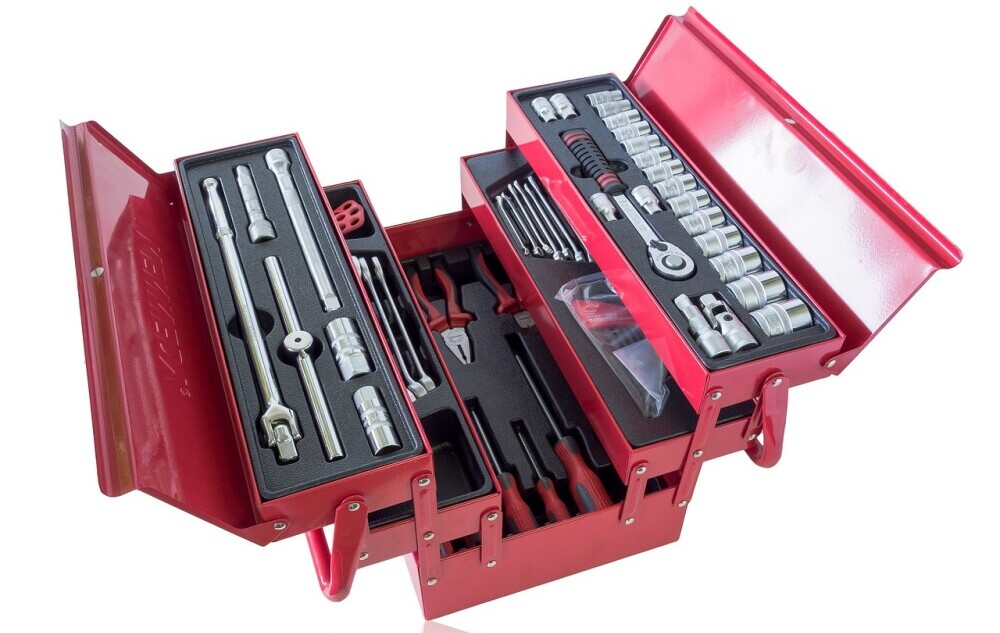The Investor Diary Entry #62: October 29, 2024
Sharing your journey in forex trading can be an amazing path to growth and learning. It’s like opening a door to new opportunities, allowing you to see what can be achieved through patience and dedication. ‘The Investor Diary’ is my personal canvas where I document my progress and reflect on the experiences that shape me as a trader.
Documenting each step of this journey isn’t just about keeping records; it’s about creating a roadmap for future reference. By writing down what works and what doesn’t, you can track patterns and refine your strategies over time. Whether you’re celebrating wins or analyzing setbacks, every entry adds depth to your understanding of the market.
I want you to know that the insights I share aren’t about giving financial advice. They are reflections of what I learn, intended to spark curiosity and inspire your own trading adventures. Everyone’s path is unique, and the goal here is to provide a platform where ideas can be exchanged and growth can happen collectively.
Being part of a trading community is invaluable. When you surround yourself with like-minded people, you gain different perspectives, share advice, and learn from common pitfalls. Together, we can transform trading into a collaborative experience, maximizing our potential as individual traders while contributing to each other’s success.
The Foundation of My Forex Routine: Analyzing the Dollar Index
Starting my trading day with the Dollar Index is like laying the first brick in building a solid trading framework. It sets the tone for everything else that follows, giving a clear picture of what to expect from the Forex market. This index is that guiding star, helping make sense of currency movements.
In my routine, I break down my analysis into different time frames. By focusing on the daily, 4-hour, and 1-hour charts, I get a multi-layered perspective. Each timeframe adds another layer of insight, helping me grasp the prevailing market trends.
Weekends are a different story. That’s my time to step back and assess the bigger picture, diving into monthly, weekly, and daily charts. This broader view helps identify long-term trends and crucial turning points that might influence the upcoming week’s trading strategy.
However, on typical weekdays like Monday, the focus goes beyond the Dollar Index due to its lack of volume indicators. On these days, the EUR/USD pair becomes the main subject of analysis. Shifting focus ensures the trading plan remains flexible, adjusting to where the data and indicators hold more relevance.
Understanding these changes and knowing when to shift focus ensures that I’m not stuck in a rigid pattern. Being adaptable in your analysis processes provides a more accurate interpretation of the market. Keep this agility in mind as you structure your own trading routine.
Diving into EUR/USD: Technical Analysis Techniques
Taking a closer look at the EUR/USD pair is where I put technical analysis techniques into play, aiming to uncover valuable trading insights. Once I spot an ‘Order Block,’ it signals that the market might be gearing up for a downturn. Recognizing these patterns early on can be a game-changer in strategic decision-making.
Volume analysis, using the GS Climatic Volume Indicator, is one pillar of my technique. It helps identify key volume zones, guiding me in spotting where market activity is concentrated. This insight is critical for understanding potential price moves and adjusting my strategy accordingly.
Support and resistance are also crucial parts of my analytical toolbox. By using traditional pivot points, I identify possible turning points, adding layers of confidence to my trading decisions. These indicators are like market signposts, helping to chart the course ahead.
Fibonacci retracement comes into the picture for pinpointing entry and exit points. By analyzing these levels, I’m better equipped to predict potential price movements. This tool complements the other indicators, offering a clearer roadmap of possible market scenarios.
I constantly observe where prices sit within significant volume areas and plot resistance levels accurately. Discerning these spots is essential to avoid traps like false breakouts. Mastering this ability can help you preserve your capital while keeping you ready for when opportunities arise.
Tools and Techniques: Enhancing My Analytical Process

Tools play a critical role in making the most out of technical analysis. Using TradingView’s free version, I plot essential indicators that give more structure and clarity to my trading decisions. Each of these indicators serves its own purpose—like having the right drill bit for the job.
EMAs, or Exponential Moving Averages, are key tools I rely on. By integrating the 20, 50, 100, and 200 EMAs into my workflow, I can spot trends in potential support and resistance levels. EMAs act as a guide, helping to gauge the market’s mood and giving insights into where price shifts might occur.
The RSI, or Relative Strength Index, is another crucial ally in the toolkit. Spotting bullish and bearish divergences helps me gauge market momentum and foresee potential reversals. These observations allow me to understand when the market might be preparing for a change in direction.
But remember, this journey is all about evolving and learning. Every day offers new lessons and opportunities for growth. Whether you’re a newbie or a seasoned trader, maintaining a mindset that’s flexible and open to learning is key to long-term success in forex trading.
Conclusion: Ongoing Learning
As I continue to develop my trading skills, I remind myself that this journey is about learning and documenting my progress. My insights are not financial advice; they are simply reflections of my learning process. For those who are beginning their trading journeys, I hope my experiences and analyses serve as valuable resources.
In the coming diary entries, I will examine each of the above tools and indicators and explain in more detail both in writing and through a video how I depict them and how I use them.
In our next entry we will look at how I identify support and resistance levels.
The Investor
Tuesday 29 October 2024
About The Author
I started to look into individual stocks in January 2022. I created this diary initially for myself to track my investing progress, and second, as a place where I can share my ideas publicly hoping that others will share their ideas and learn from each other, and lastly as an online business where some links that I share are affiliate links, and if anybody bought anything by clicking those links, I will get a commission based on that successful sale, which of course will not affect the price that you are buying the product or service at.
For more detailed information on my affiliate disclosure please refer to the Full Affiliate Disclosure page, and if you are interested in building your own online business you can check this post here.
Furthermore, this site is in no way or form is giving any financial or investing advice, nor it is encouraging or discouraging people to buy or sell any financial instrument. This is a personal diary in which I track my own progress and share it for informational, educational, and entertainment purposes.


Hello The Investor!
This beginner’s guide to a Forex trading routine and technical analysis is incredibly insightful! Your approach to breaking down each part of your daily routine, along with your go-to analysis techniques, really helps newcomers understand the process without feeling overwhelmed. It’s easy to see how a structured routine can make such a difference in making informed trades and managing emotions.
I’m curious, how long did it take you to develop a routine that you felt was both effective and sustainable? And when it comes to technical analysis, are there any specific indicators or strategies that you found most challenging to grasp at first? This guide is a valuable resource—thank you for sharing your experience so openly!
Angela M 🙂
Hello Angela,
Thank you very much for your comment. I have been studying and trying for two years now. This strategy is newly found, so I still need to test it. At the end of the day this is a diary and I am recording what I am learning. It still needs the test of time.
There are a couple of tools that I am finding difficulties learning which are the Gann Star and the regression channel.
Having been involved with trading forex and a variety of other things such as commodities, gold and silver etc for many years off and on with varying levels of success I found this website most interesting. It is not an easy thing to make money in these markets and any information and insights is a very welcome thing for potential traders.
I have found that buying and selling shares on the stock market is much less stressful and less risky, although even there there is always the risk of some companies going bust.
All types of investing take time and experience to see good results but it is worth persevering.
Very best wishes for a successful and profitable project.
This article provides an insightful look into the disciplined and methodical approach required for success in forex trading. I appreciate the author’s transparency in sharing their personal journey, tools, and techniques, which offer valuable learning opportunities for traders at all levels. The emphasis on documentation and reflection is particularly striking—using a trading diary not only helps refine strategies but also fosters a mindset of continuous improvement.
The breakdown of the daily routine, especially starting with the Dollar Index and transitioning to pairs like EUR/USD, underscores the importance of adaptability in trading. The use of multiple technical analysis tools, such as EMAs, RSI, Fibonacci retracements, and the GS Climatic Volume Indicator, demonstrates a well-rounded approach to understanding market trends. This level of detail can be especially helpful for those struggling to form a cohesive trading strategy.
The collaborative aspect of trading communities is also well-articulated. Sharing insights and learning from others’ experiences can truly elevate one’s trading performance while fostering a sense of camaraderie in an often-isolated field.
Question: How do you balance staying flexible in your trading strategy while maintaining consistency in your analytical process? Are there specific moments when you prioritize one over the other?
Personal Experience: My trading journey began in 2020, and I resonate with the idea of using multiple timeframes to refine market perspectives. For me, integrating Fibonacci retracements with RSI has been instrumental in avoiding false signals and planning effective entry/exit points. However, I’m always learning to fine-tune this process, inspired by
Thank you very much for your wonderful comment.. I enjoyed reading and studying it.
To answer your question, yes in certain situations I find myself relaxed that a certain indicator is available to confirm my decision. I think my priorities are very dynamic depending on the situation of the setup.. I am not sure if this is healthy or not.
Still, the appearance of volume zones within my confirmations make me more relaxed to my trading decision. Still, not all my positions are opened based on the availability of a volume zone. Your question made me think that I might want to prioritize the tools that I am using, but I think that I need to trade them for a while and see which ones are giving more positive results when they are included in my trading decisions. After that period pass I think I will be able to create such a priority, and accordingly affect my future trading decisions.
Thank you again for your elaborative and inspirational comment.